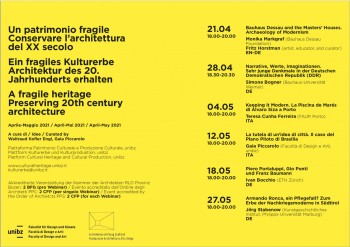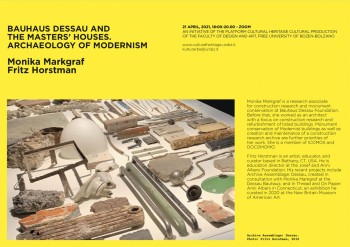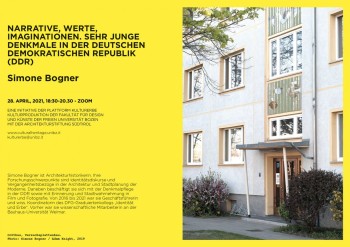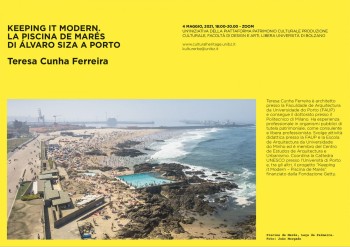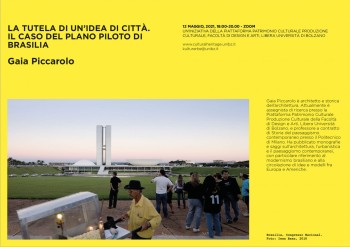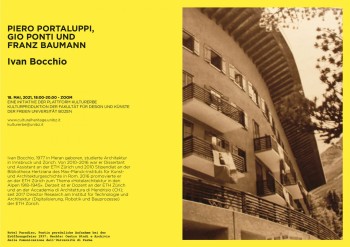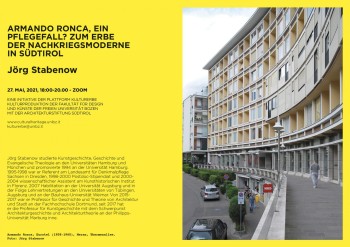Modernism as an architectural language has served various myths and ideologies. Modernism itself has also entered the sphere of myth. We need only think, for example, of the recent restoration of the Bauhaus building in Dessau to understand how much is at stake in the preservation of the image and matter of a single building and the radical utopia it is still capable of evoking. But it is also a fragile myth, since it is set in an abstract and intellectual dimension, so to speak, while its figurative, material, constructive, symbolic value still struggles to find a peaceful place in the collective imagination. The theme of the protection of modernist architecture therefore poses a series of challenging questions: how does the architecture of the recent past enter into history? How can we deal with the conflicts that inevitably arise around its “heritagization”? How are we to protect its materiality in the face of new uses and new needs? How can we manage the issue of its preservation in the context of a legislative vacuum and the spread of practices such as abandonment, lack of maintenance or invasive transformation?
The conference series “A fragile heritage. Preserving 20th century architecture” aims to analyse a number of national and international case studies that look at the protection, rehabilitation and conservation of emblematic works or groups of works from the last century, in order to build a conceptual framework and to shape a series of interpretative tools that can encourage and stimulate debate on the architectural heritage of the twentieth century. The idea is to lay the background for a second series of seminars focused on local case-studies relating to the modern heritage of European Region Tyrol-South Tyrol-Trentino and in
particular the city of Bolzano. These meetings therefore aim not only to identify possible methodological approaches, but also to raise wider public awareness of the topic, promoting the knowledge of the built heritage and its historical, architectural and urban significance.
